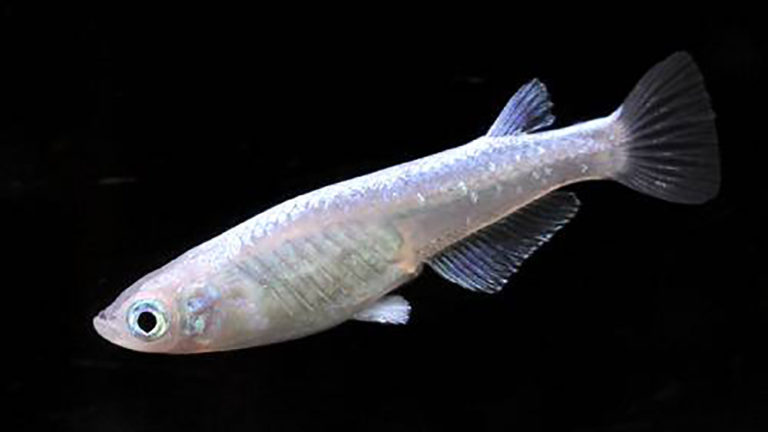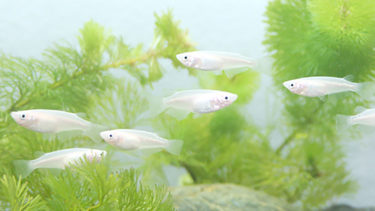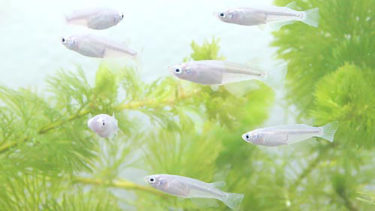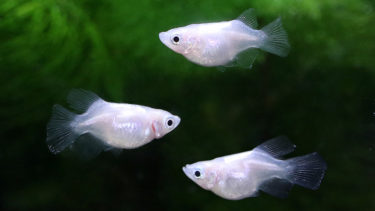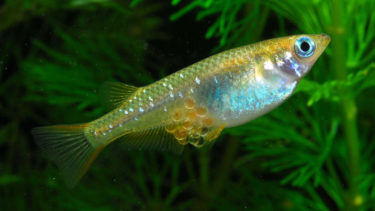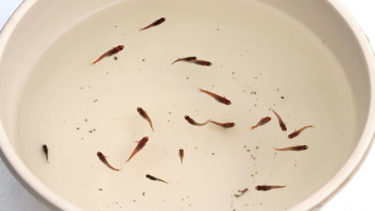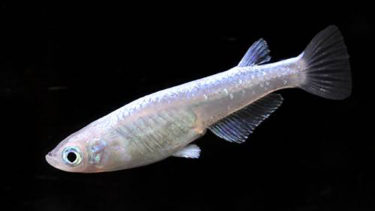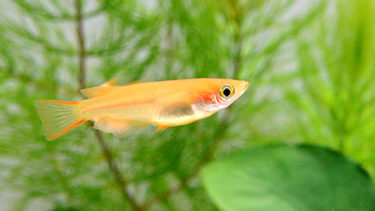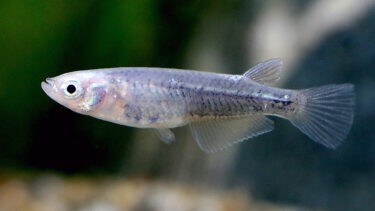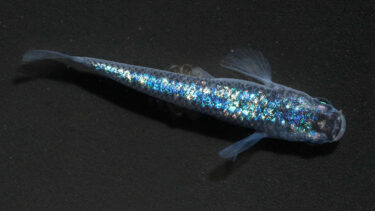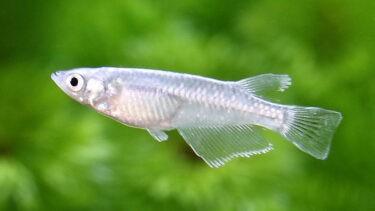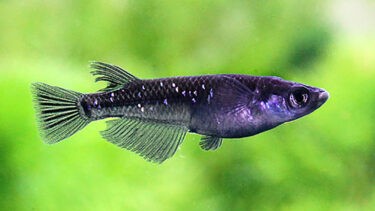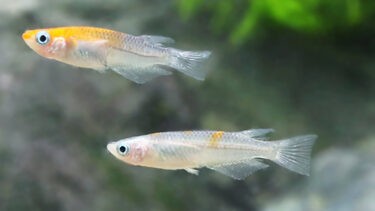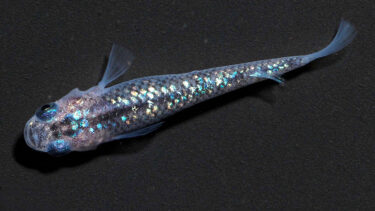The Mikan-no-Medaka is a killifish with a bright blue glow on its back. There are various types of "Mikan-no-Medaka," including individuals whose body color is like that of blue killifish and white killifish. In this article, I would like to explain in detail the characteristics of these blue killifish and how to keep them.
What is Mikino Medaka?
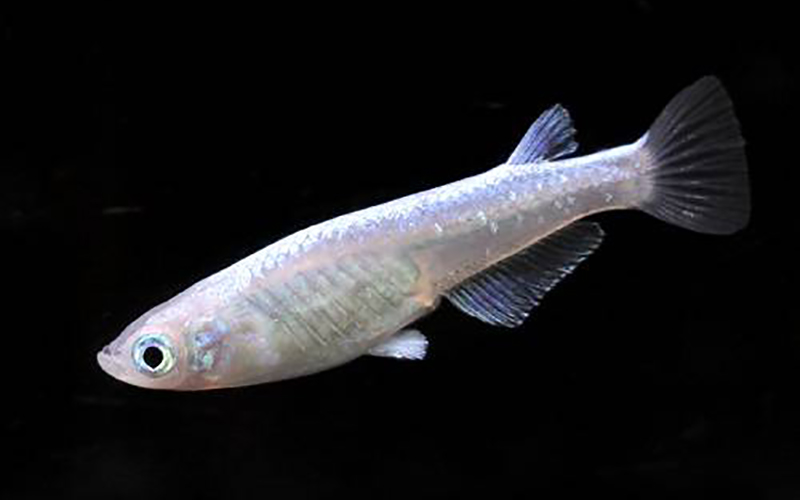
The Mikino killifish is a killifish with a glowing blue back. It is the most popular and well-known glowing killifish. There are a variety of killifish, including blue and white killifish.Some of the Mikanuki killifish are darker or lighter in light, so be careful when ordering online. The Mikinuki killifish is a popular species that is paired with the Yang's killifish. The M. kannushi killifish is a popular species that has a bright blue back that is inherited by many other varieties. The price of the Mikinuki killifish has been gradually decreasing in recent years, and it is being introduced in the media more and more often.
As the name suggests, the white killifish has a white body color. Among all killifish species, the white killifish is one of the most popular. In this article, we would like to explain in detail the characteristics of the white killifish and how to keep it. What is white killifish?
Blue killifish are, as the name suggests, blue. However, among the blue killifish, there are light blue and indigo individuals, making it an interesting killifish. In this article, I would like to explain in detail the characteristics of these blue killifish and how to keep them. Blue killifish are blue [...].
Origin of the Mikino medaka
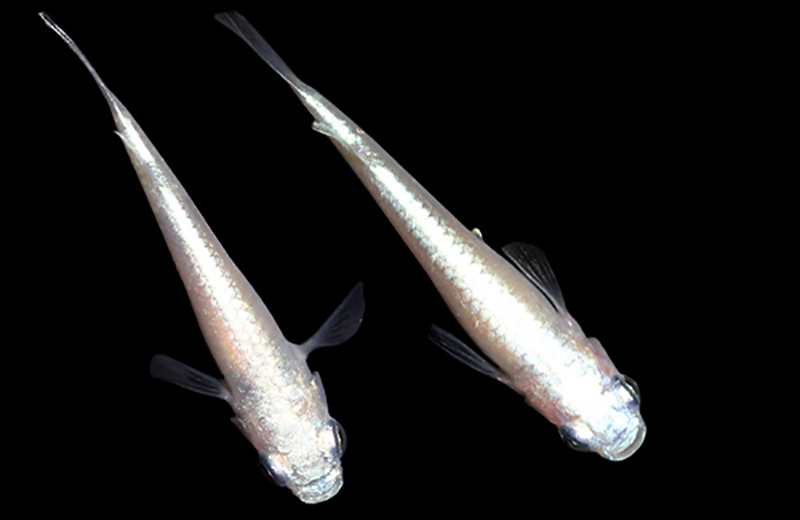
Mikiyuki Medaka was exhibited at the 1st Medaka Show in 2007 by Takashi Suga, a resident of Imabari City, Ehime Prefecture, under the name of "Back Light Strength Medaka". The name "Mikiyuki Medaka" is derived from "Mikiyuki," the name of Takashi Suga's daughter.Later, the Medaka no Yakata in Hatsukaichi, Hiroshima Prefecture, crossbred with various other varieties to produce the killifish with the brilliant blue glow on its back that is now in circulation. Since then, various varieties have been created through the efforts of enthusiasts throughout Japan. If you look up medaka varieties at specialty stores or on the Internet, you may see names such as "Mikiyuki~" among the varieties. These are killifish that have received the characteristics of the Mikino killifish. Because of its characteristics, the Mikino killifish is more enjoyable when viewed from above in a container such as a water lily bowl than when viewed from the side in an aquarium.
As the name suggests, the long-fin killifish has longer fins than normal killifish. In the case of killifish, even just having long fins makes a big difference in the impression. In this article, I would like to explain in detail the characteristics of the blue killifish and how to keep it. Medaka with long fins [...].
The dharma killifish has a small number of backbones and its body length is only about two-thirds or half that of a normal killifish. The dharma killifish has become even more popular in recent years. In this article, I would like to explain in detail the characteristics of the Dharma killifish and how to keep it [...].
Points to keep in mind when mixing swimmers
About Mixed Swimming,Some people often think that killifish can only be kept in the same species, but the real appeal of killifish is in combining them. If you are not particular about this, you can mix any kind of killifish with any other kind of killifish.However, it is best to be careful with killifish of different body types (e.g., Dharma killifish and Hirena killifish). If killifish of different body types are mixed with killifish of normal body type, problems such as inability to eat food may occur. However, there are people who mix killifish of different body types with those of normal body types, so there is no need to be concerned.However, each type of killifish, which is considered a high-end killifish, has its own distinctive appearance and shine, so it is recommended to keep them in a way that allows the enjoyment of each individual (type) rather than keeping them in many different species.
Points about spawning
The point about spawning was explained in the above section that keeping a variety of species is the best part of keeping killifish, and having various species swimming together when spawning will naturally produce killifish with the characteristics of various species. However, that is not always a good thing. For example, mixing red and white killifish can produce pink killifish, but not necessarily red or white killifish, or in the worst case, killifish with a color that is hard to describe. If you want red killifish, you should keep only red killifish because the probability of producing red killifish is much higher,I recommend that you think about what kind of killifish you want when spawning and what color and shape you want your killifish to be born, so that you will have less regret and confusion when raising them and find your own way to enjoy them.If it is just a hobby, I think you will enjoy it more if you stick to the methods that you enjoy, regardless of whether people complain about them. The following page explains the method of spawning and points to note, so please read it as well.
Many people who keep killifish want them to spawn. However, not many people know about spawning and what they need to do to prepare for it. This time, we would like to explain the method of spawning and the points to be noted [...].
After the spawning is over, the fry hatch and are born. There are many things to take care of, such as the fry's food and precautions to be taken. In this article, I would like to explain how to raise the fry and what to do about it. The period of time until hatching is over when the spawning is finished and the eggs are [...]...
Points to keep in mind when keeping Mikino killifish.

Because of its high distribution volume, Mikino killifish is often available at specialty stores and can be purchased at a relatively low price. However, the price of Mikino killifish can vary greatly depending on the amount of light and the amount of light in the area where the killifish is glowing.Some specialty stores, for example, may use a different name instead of "Mikino Medaka" when selling it so that it can be easily recognized. The types of names include "Hire Hikari," "Point Hikari," "Weak Hikari," "Medium Hikari," "Strong Hikari," "Super," and "Tekkamen. Among these, "weak light," "super" and "iron mask" are most often used. From left to right, the intensity of light and the range of light become wider, and the price increases accordingly. In terms of notation, some specialty stores use the term "weak-light killifish" while others use "weak-light stem-knot killifish. If you want a particularly strong light individual, we recommend either "Super" or "Tekkamen". When you actually visit a specialty store, compare the differently named varieties and compare them with respect to the amount and range of light.

